Intro
Discover the 5 ways cramps feel, including sharp pains, dull aches, and muscle spasms, to better understand menstrual, leg, and abdominal cramp symptoms and relief.
Menstrual cramps, also known as dysmenorrhea, are a common issue that many individuals face during their menstrual cycle. The severity and type of cramps can vary greatly from person to person. Understanding the different ways cramps can feel can help individuals better manage their symptoms and seek proper medical attention if needed. Menstrual cramps can be described in various ways, including sharp, dull, throbbing, stabbing, and aching.
The experience of menstrual cramps can be influenced by several factors, such as hormonal changes, uterine contractions, and individual pain tolerance. Some individuals may experience mild cramps, while others may face severe and debilitating pain. It's essential to recognize the different ways cramps can manifest to provide adequate support and care.
Menstrual cramps can significantly impact an individual's daily life, causing discomfort, pain, and distress. By acknowledging the various ways cramps can feel, we can work towards creating a more supportive environment for those affected. This includes promoting open discussions about menstrual health, providing access to pain management options, and encouraging self-care practices.
Understanding Menstrual Cramps
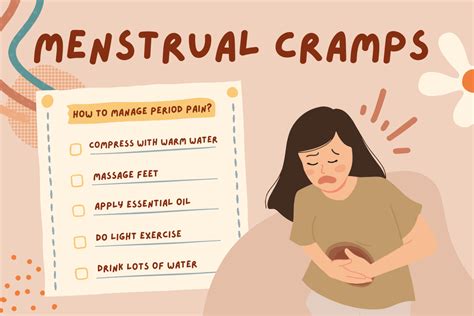
Types of Menstrual Cramps
There are two main types of menstrual cramps: primary dysmenorrhea and secondary dysmenorrhea. Primary dysmenorrhea is the most common type and is characterized by recurring menstrual cramps in individuals with a normal pelvic anatomy. Secondary dysmenorrhea, on the other hand, is caused by underlying medical conditions such as endometriosis, fibroids, or pelvic inflammatory disease.Sharp Menstrual Cramps
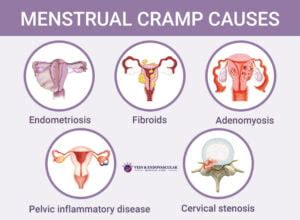
Managing Sharp Menstrual Cramps
To manage sharp menstrual cramps, individuals can try various methods such as: * Applying heat to the lower abdomen to relax the uterine muscles * Practicing relaxation techniques such as deep breathing, meditation, or yoga * Taking over-the-counter pain relievers such as ibuprofen or acetaminophen * Engaging in physical activity to release endorphins, which can help alleviate painDull Menstrual Cramps

Managing Dull Menstrual Cramps
To manage dull menstrual cramps, individuals can try various methods such as: * Taking over-the-counter pain relievers such as ibuprofen or acetaminophen * Applying heat to the lower abdomen to relax the uterine muscles * Practicing relaxation techniques such as deep breathing, meditation, or yoga * Engaging in physical activity to release endorphins, which can help alleviate painThrobbing Menstrual Cramps
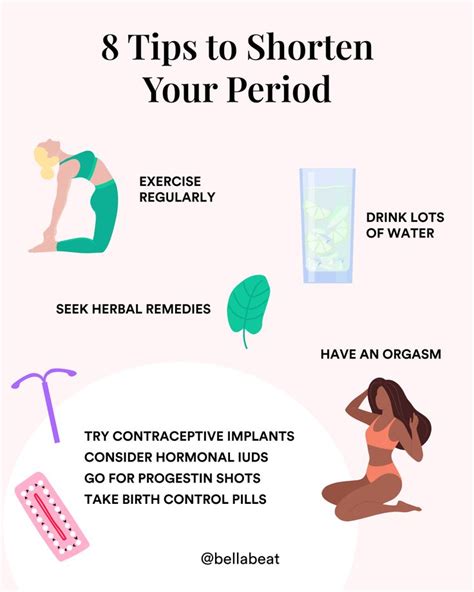
Managing Throbbing Menstrual Cramps
To manage throbbing menstrual cramps, individuals can try various methods such as: * Applying heat to the lower abdomen to relax the uterine muscles * Practicing relaxation techniques such as deep breathing, meditation, or yoga * Taking over-the-counter pain relievers such as ibuprofen or acetaminophen * Engaging in physical activity to release endorphins, which can help alleviate painStabbing Menstrual Cramps
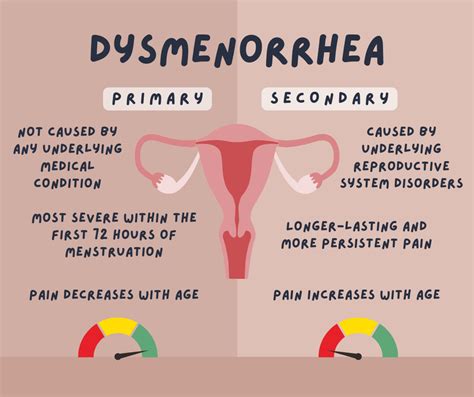
Managing Stabbing Menstrual Cramps
To manage stabbing menstrual cramps, individuals can try various methods such as: * Applying heat to the lower abdomen to relax the uterine muscles * Practicing relaxation techniques such as deep breathing, meditation, or yoga * Taking over-the-counter pain relievers such as ibuprofen or acetaminophen * Engaging in physical activity to release endorphins, which can help alleviate painAching Menstrual Cramps
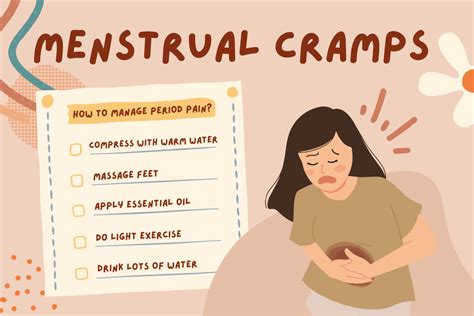
Managing Aching Menstrual Cramps
To manage aching menstrual cramps, individuals can try various methods such as: * Taking over-the-counter pain relievers such as ibuprofen or acetaminophen * Applying heat to the lower abdomen to relax the uterine muscles * Practicing relaxation techniques such as deep breathing, meditation, or yoga * Engaging in physical activity to release endorphins, which can help alleviate painWhat are the common symptoms of menstrual cramps?
+Common symptoms of menstrual cramps include pain, discomfort, bloating, nausea, and fatigue.
How can I manage menstrual cramps?
+To manage menstrual cramps, individuals can try various methods such as applying heat, practicing relaxation techniques, taking over-the-counter pain relievers, and engaging in physical activity.
What are the different types of menstrual cramps?
+There are two main types of menstrual cramps: primary dysmenorrhea and secondary dysmenorrhea. Primary dysmenorrhea is the most common type and is characterized by recurring menstrual cramps in individuals with a normal pelvic anatomy. Secondary dysmenorrhea is caused by underlying medical conditions such as endometriosis, fibroids, or pelvic inflammatory disease.
Can menstrual cramps be a sign of an underlying medical condition?
+Yes, menstrual cramps can be a sign of an underlying medical condition such as endometriosis, fibroids, or pelvic inflammatory disease. If you experience severe or persistent menstrual cramps, it's essential to consult a healthcare provider for proper diagnosis and treatment.
How can I prevent menstrual cramps?
+To prevent menstrual cramps, individuals can try various methods such as maintaining a healthy diet, staying hydrated, exercising regularly, and managing stress. Additionally, some individuals may find relief from menstrual cramps by using hormonal birth control or taking over-the-counter pain relievers.
We hope this article has provided you with a comprehensive understanding of menstrual cramps and their various forms. By recognizing the different ways cramps can feel, we can work towards creating a more supportive environment for those affected. If you have any further questions or concerns, please don't hesitate to reach out. Share your thoughts and experiences with us, and let's work together to promote menstrual health and well-being.
